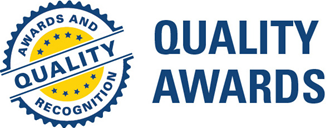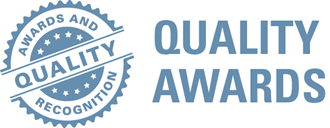

 Quality Awards
Quality Awards

Students who choose Temple/St. Luke's regional campus program spend their first year on the North Broad Street campus in Philadelphia, then move to St. Luke's in Bethlehem for years two, three, and four. During Year 1, Temple/St. Luke's students take the block courses with the other Temple students. However, for Doctoring I, Temple/St. Luke's students have their own separate group (the St. Luke's College) where St. Luke's physicians serve as instructors and mentors. Thus, Temple/St. Luke's students begin to build mentoring relationships that will continue over their four years of medical school.
The Temple/St. Luke's curriculum for years 2, 3, and 4 matches the North Broad Street curriculum in content and learning objectives, and students at both campuses are evaluated using the same exams and other metrics. However, with only 30 students in each class, Temple/St. Luke's is distinguished by the intimacy of the learning environment and a highly personalized experience.
For example, in year 2, discussions during the scheduled class time augment or even replace some lectures. Workshops and other small group activities typically involve six students, ensuring that everyone has a full opportunity to participate.
During years 3 and 4, most clinical rotations involve only six to eight students at any one time, sometimes fewer. The high ratio of attendings and residents to students affords each student an unparalleled opportunity to learn. Students on surgery can scrub in for more procedures than the curriculum requires and commonly find themselves having an active role as part of the team at the operating table, not second row observers. Similarly, students on obstetrics actively assist in many deliveries. Learn more about clinical training at Temple/St. Luke's.
Temple/St. Luke's students, because they spend three years at the Bethlehem (Fountain Hill) campus, have a unique opportunity to build long-term relationships with attendings and residents. It is not uncommon for a student, months after completing a rotation, to be contacted by a faculty attending regarding an interesting case or other opportunity.
Temple/St. Luke's students benefit from facilities and technology ranked among the nation's best. For example, because St. Luke's is a GE show site, students have the opportunity to work with state of the art imaging technology.